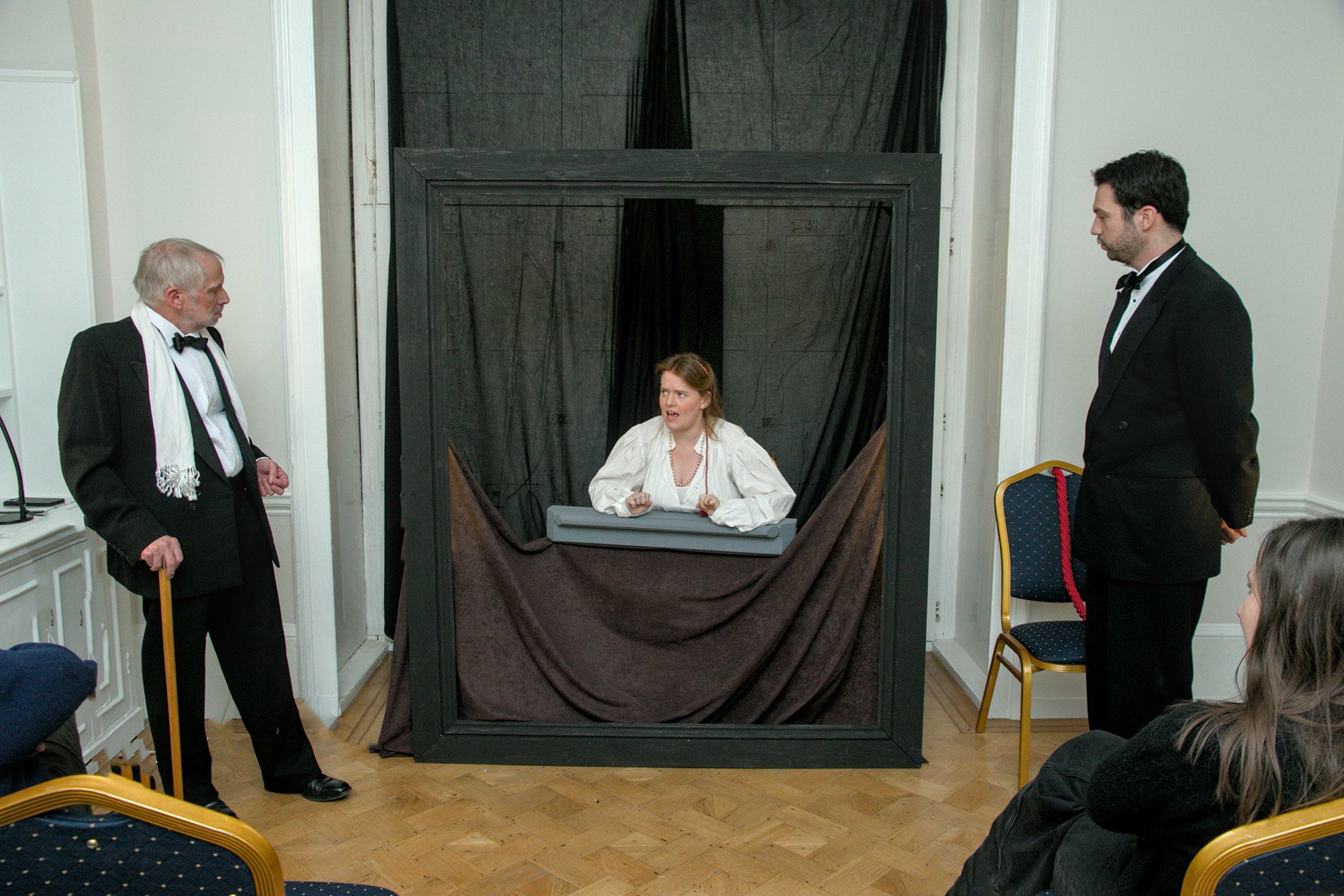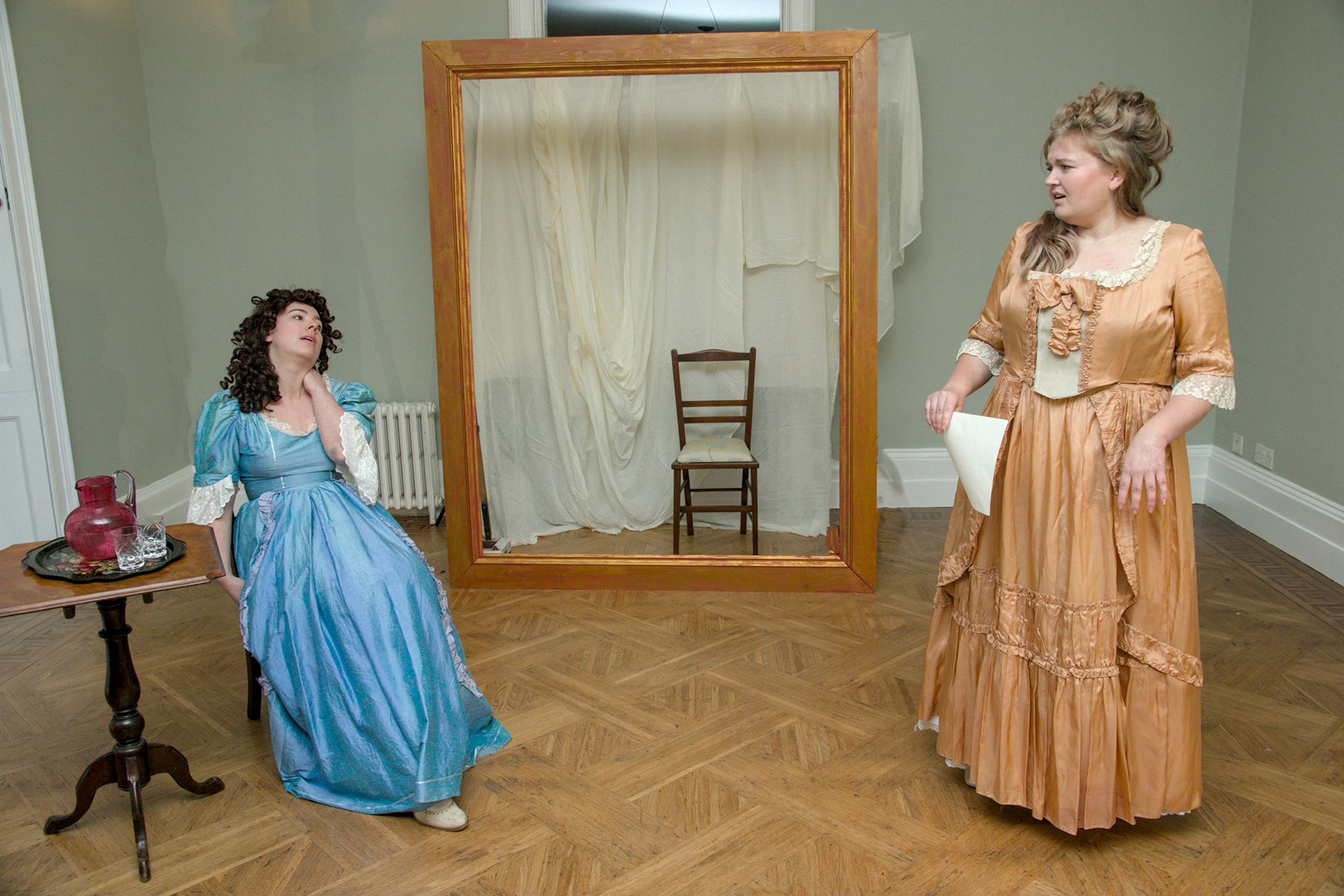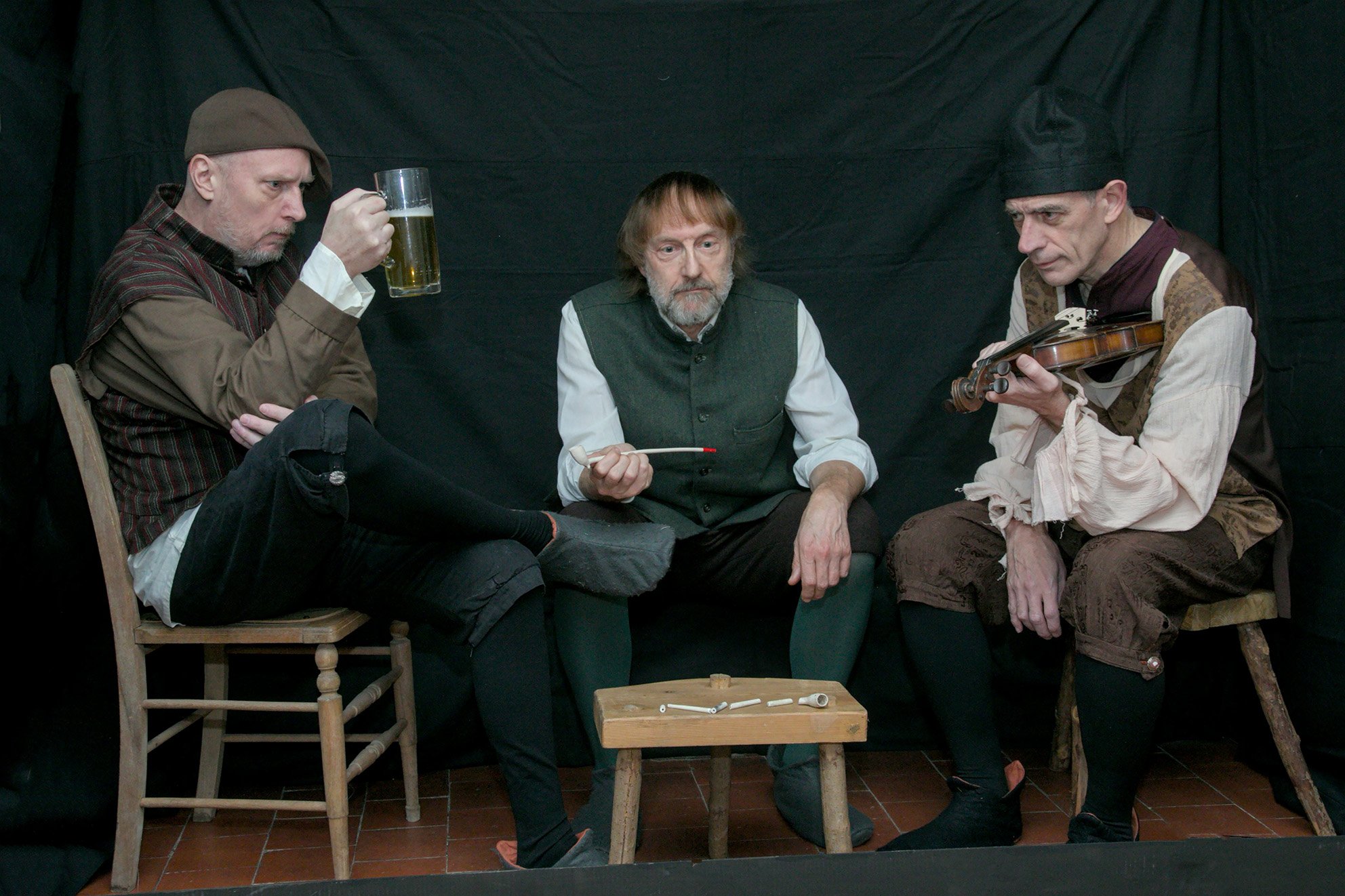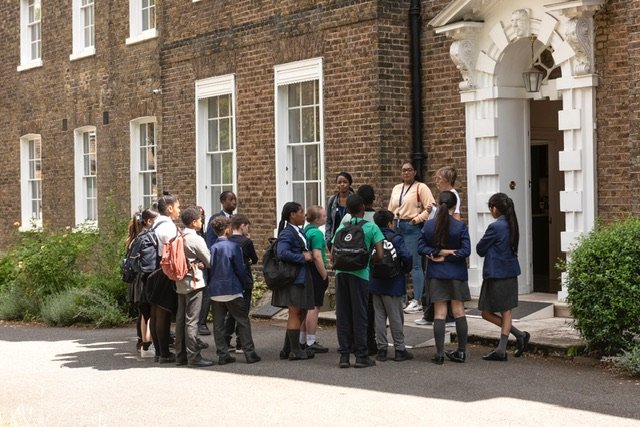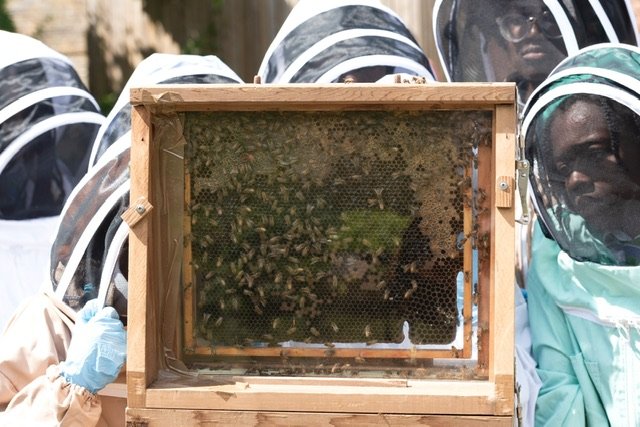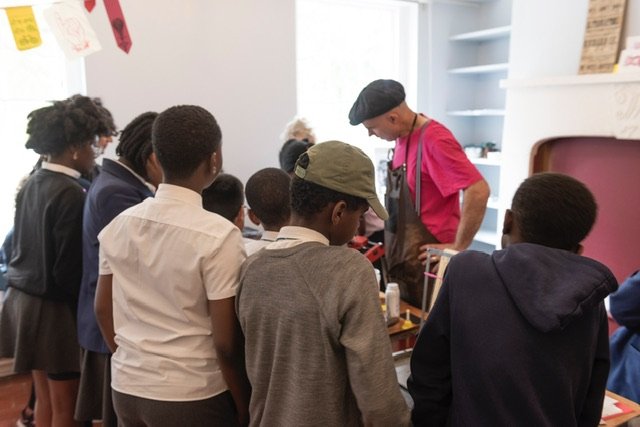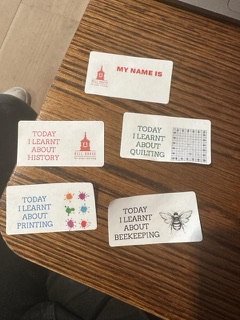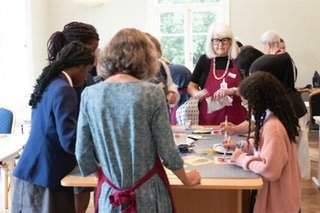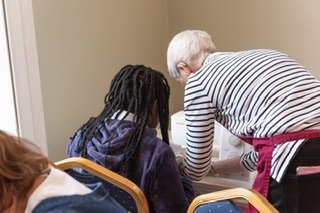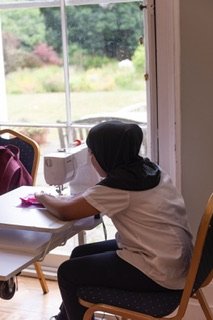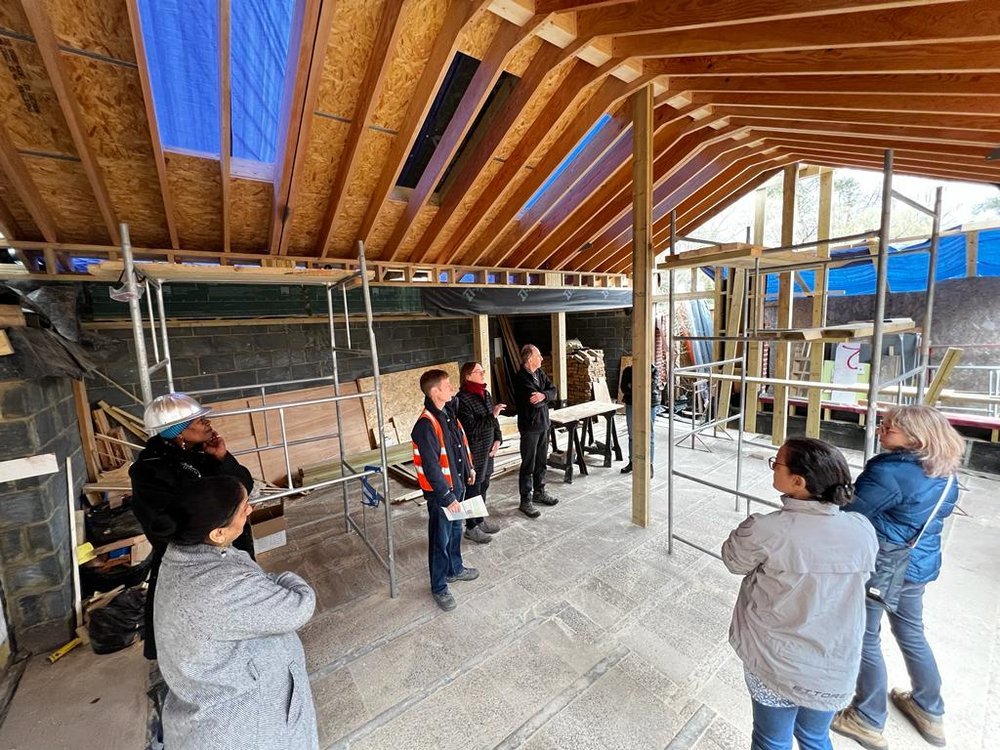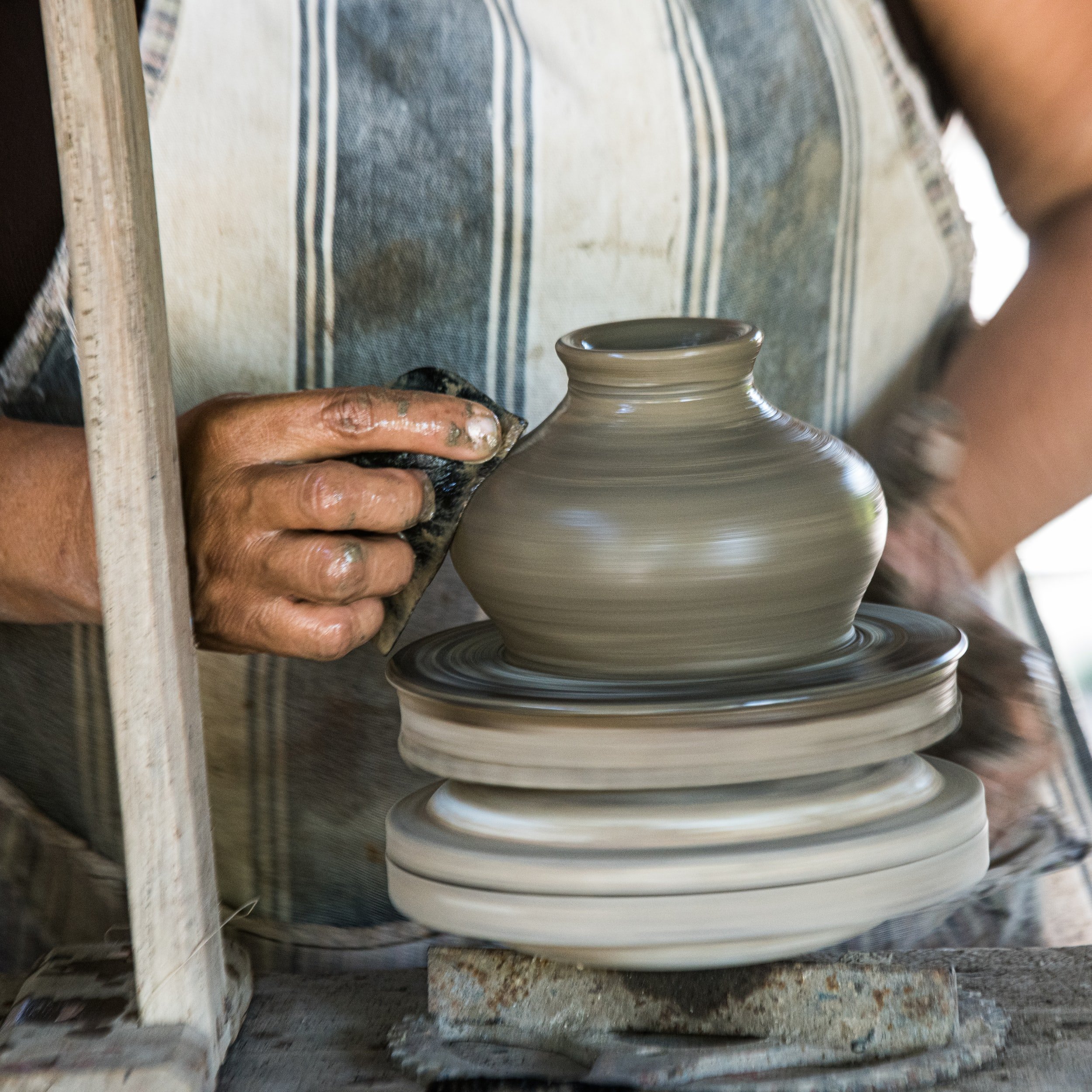During lockdown in 2020, Bell House hosted an ‘Elevenses’ coffee morning on Zoom for volunteers to chat and support each other. At one of these meetings, they were introduced to Ben Abel and the concept of “Shared Reading”. And so the Bell House “Shared Reading Group” was born. As a long term member says: “It saved my sanity during lockdown and was great fun.”
The reading group is now run by Guilia Cellerini who joined Ben in the early days, then subsequently took on the role of host. Giulia is a recently-qualified Primary teacher working in Kennington. But what is really fascinating is how she became involved in Shared Reading.
After reading English at London University, Giulia was applying for a PGCE teaching qualification and wanted to strengthen her personal statement. Her professor recommended that she look into the charity 'The Reader'.
The Reader is a national charity, originating in Liverpool, that wants to bring about a Reading Revolution “so that everyone can experience and enjoy great literature”, which the charity believes is “a tool for helping humans survive and live well".
It is free to all and available to everyone. The charity reads with schools, families and looked-after-children, adults in community spaces, people in care homes, people with physical and mental health conditions, those coping with or recovering from addiction, and people in the criminal justice system - globally.
The Reader has extensive reading resources but groups can also choose their own pieces. The meetings happen in all kinds of places - libraries, community centres, shops and high-street cafes and in the case of Bell House, on-line.
Research shows Shared Reading improves wellbeing, reduces isolation and helps us find new meaning in our lives.
“Hearing others read aloud and taking time to pause and reflect, is a therapeutic experience.”
”Shared reading supports me through difficult times.”
“Reading together, you can end up sharing things that you may not share with others - you’re not hiding these things - they just haven’t come up before.”
Giulia successfully applied to The Reader, was trained and then was recommended to Bell House in 2020.
Her groups are small; she has some regulars, others drop in. One regular lives alone and values the company; another is unable to leave her home; and further afield there’s a regular attendee from Canada, who joins the session at 5am in the morning. This lady is always very relaxed, she may be looking out of her window sipping a coffee and may or may not participate vocally - but she tells Giulia she very much values the group. There are even drop-ins from North America, India, Sri Lanka and Eastern Europe to name but a few!
Giulia says that the most popular reading subjects are about Nature, Familial Relationships and the Emotions of Love - so very much reflecting lived experiences. As one of her regulars says: “I love the varied programme with lots of literature I would not have known about.”
When asked about her feelings on her Shared Reading group, Giulia says: “I surprised myself. I have found that I get from these sessions exactly what the groups are set up for - a feeling of community and a coming together for the pure joy of reading. Sharing a poem or a short story creates precious moments of connection and intimacy - the impact of shared reading is profound.”
Bell House Shared Reading sessions are run on a Wednesday at 6.30pm - March sessions 13th, & 27th. Why not drop in? You just need to register and the sessions are free.
As Giulia says: “Something magical happens in a shared reading group.”
Register here. If you’d like to learn more about The Reader charity and maybe get involved, here’s their link: www.thereader.org.uk



